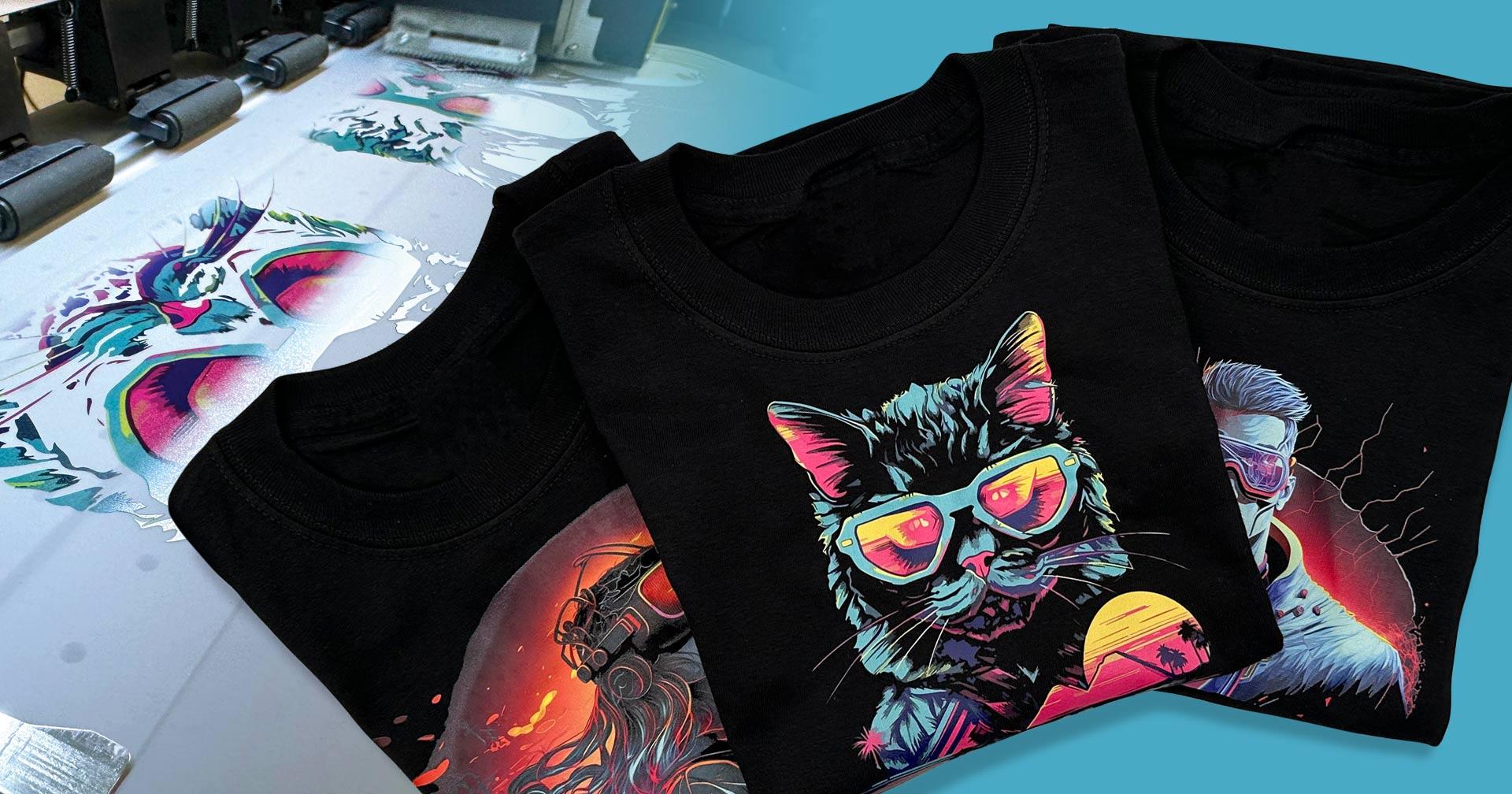Exploring the Future of Custom Apparel with the Best Digitizing Services

Introduction
In a world where personalization and speed are paramount, the apparel industry is undergoing a profound shift. From mass-produced textiles to one-of-a-kind custom garments, the demand for detail-rich and unique designs is higher than ever. At the center of this transformation are the best digitizing services, which leverage advanced technology—especially AI and automation—to convert designs into machine-readable embroidery files. These services are not only making embroidery faster and more efficient but also opening up creative possibilities that were once out of reach.
In this guide, we'll explore how top-tier digitizing services are influencing custom apparel in 2025. We'll cover emerging technologies, the benefits of AI-powered embroidery, expert tips, and a look at what's next in the evolving world of digitizing.
What Are Digitizing Services?
Digitizing services convert artwork, logos, and illustrations into digital embroidery files such as .DST, .PES, .EXP, or .JEF. These files instruct embroidery machines how to stitch a design, including stitch type, direction, density, and thread changes. The best digitizing services utilize professional-grade software and AI-powered tools to streamline the process, maintain high accuracy, and reduce turnaround time.
Why the Best Digitizing Services Matter in 2025
1. Speed and Efficiency
AI-driven tools enable faster processing by automating stitch paths and reducing manual labor.
2. Precision
Advanced software ensures pinpoint accuracy, preserving intricate details even in small logos.
3. Scalability
Businesses can fulfill high-volume custom orders with consistent quality, making them ideal for brands and large-scale campaigns.
4. Cost-Effectiveness
Reduced trial and error mean lower production costs and minimal fabric waste.
5. Accessibility
Cloud-based platforms and mobile integration make it easy for businesses and designers to access services globally.
Top Features of Leading Digitizing Platforms
-
Smart Stitch Optimization
-
Real-Time Previews
-
Multi-Format Exporting
-
Fabric-Specific Settings
-
Error Detection Algorithms
Popular Tools:
-
Wilcom Embroidery Studio
-
PulseID Automation
-
Embrilliance Essentials
-
Hatch Embroidery 3
-
Ink/Stitch (Open Source)
How AI Is Reshaping Digitizing Services
AI is revolutionizing the digitizing workflow by analyzing past patterns, learning optimal stitch methods, and suggesting improvements automatically. Here’s how it helps:
-
Predictive Stitch Mapping
-
Intelligent Color Sorting
-
Adaptive Thread Tension Adjustments
-
Custom Recommendations Based on Fabric
With machine learning, the best digitizing services adapt to designer preferences, leading to more personalized results.
Best Practices for Designers Using Digitizing Services
-
Use High-Resolution Artwork
-
Select the Right Fabric Setting
-
Preview and Edit Before Final Export
-
Communicate Design Goals Clearly
-
Review Stitch Simulation Reports
Case Study: A Custom Apparel Brand’s Success
"StitchEra Co." transitioned to an AI-powered digitizing platform in early 2024. Within six months:
-
Order processing time dropped by 60%
-
Customer satisfaction increased due to consistent stitch quality
-
Operational costs reduced by 35%
-
Expanded into new markets with confidence
This showcases the power of using the best digitizing services for business growth.
Emerging Trends in Embroidery Digitizing
1. Voice-Guided Design Input
Designers are now using voice commands to generate stitch paths and adjust parameters.
2. Blockchain Verification
Digital embroidery files are being tracked for authenticity and copyright protection using blockchain.
3. Real-Time Collaborative Editing
Multiple users can work on a design file simultaneously through cloud-based platforms.
4. AR-Fabric Preview
Augmented reality overlays let customers preview embroidery designs directly on garments.
Challenges and Solutions
Challenge: Limited understanding of AI tools
Solution: Training modules and user-friendly interfaces are helping bridge the gap.
Challenge: Maintaining artistic intent
Solution: Hybrid systems allow manual override and artist-led adjustments.
Challenge: Upfront cost of top-tier services
Solution: Subscription models and pay-per-file pricing make tools affordable.
FAQs
Q1: Are AI-based digitizing services beginner-friendly?
Yes, most offer guided workflows and templates.
Q2: Can I digitize complex hand-drawn sketches?
Absolutely. High-resolution scans work best for detailed conversion.
Q3: Do digitizing services support all embroidery machine brands?
Most export to all popular formats (.DST, .PES, .JEF, etc.) ensuring compatibility.
Q4: What makes a digitizing service ‘the best’?
Speed, accuracy, AI integration, user interface, and format flexibility.
Q5: Can I preview the design before purchasing?
Yes, top platforms offer real-time previews and free demos.
Conclusion
In 2025, the best digitizing services are more than just digital tools—they’re powerful engines of creativity and productivity. As AI continues to enhance precision, speed, and customization, businesses and independent designers are better equipped to deliver high-quality embroidery on demand. Whether you're launching a fashion brand, managing custom merchandise, or simply looking to create a stunning logo patch, leveraging these advanced services ensures you stay ahead in the game.
Invest in smart, scalable, and innovative digitizing solutions—and watch your ideas come to life stitch by stitch.
- Vibnix Blog
- Politics
- News
- Liberia News
- Entertainment
- Technology
- Educação
- Art
- Causes
- Crafts
- Dance
- Drinks
- Film
- Fitness
- Food
- Jogos
- Gardening
- Health
- Início
- Literature
- Music
- Networking
- Outro
- Party
- Religion
- Shopping
- Sports
- Theater
- Wellness



